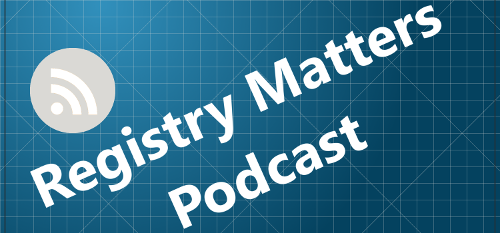Andy and Larry take a deep dive, along with a couple big detours, on polygraphs. How do they work, especially as it relates to registrants, and the
- Polygraphs – Von Behren decision
- Describe how a polygraph procedure works for a registrant
- The recording instrument and questioning techniques are only used during a part of the polygraph examination. A typical examination includes a pretest phase during which the technique is explained and each test question reviewed. The pretest interview is designed to ensure that subjects understand the questions and to induce a subject’s concern about being deceptive. Polygraph examinations often include a procedure called a “stimulation test,” which is a demonstration of the instrument’s accuracy in detecting deception.
- How does the machine read your body? Breathing, perspiration, etc
- Andy: The instrument typically used to conduct polygraph tests consists of a physiological recorder that assesses three indicators of autonomic arousal: heart rate/blood pressure, respiration, and skin conductivity. Most examiners today use computerized recording systems. Rate and depth of respiration are measured by pneumographs wrapped around a subject’s chest. Cardiovascular activity is assessed by a blood pressure cuff. Skin conductivity (called the galvanic skin or electrodermal response) is measured through electrodes attached to a subject’s fingertips.
- Can a subject take the 5th on any question? For example, is your name Andy?
- How can parole/probation require you to spend money on a polygraph test?
- A psychologist named Leonard Saxe, PhD, (1991) has argued the idea that we can detect a person’s veracity by monitoring psychophysiological
- If you have nothing to hide, why not just take the test?
- What is the procedure for taking a polygraph? How is the room configured? Do things happen before / after the test?
- A typical examination includes a pretest phase during which the technique is explained and each test question reviewed. The pretest interview is designed to ensure that subjects understand the questions and to induce a subject’s concern about being deceptive
Several questioning techniques are commonly used in polygraph tests. The most widely used test format for subjects in criminal incident investigations is the Control Question Test (CQT). The CQT compares responses to “relevant” questions (e.g., “Did you shoot your wife?”), with those of “control” questions. The control questions are designed to control for the effect of the generally threatening nature of relevant questions. Control questions concern misdeeds that are similar to those being investigated, but refer to the subject’s past and are usually broad in scope; for example, “Have you ever betrayed anyone who trusted you?”
The accuracy (i.e., validity) of polygraph testing has long been controversial. An underlying problem is theoretical: There is no evidence that any pattern of physiological reactions is unique to deception. An honest person may be nervous when answering truthfully and a dishonest person may be non-anxious. Also, there are few good studies that validate the ability of polygraph procedures to detect deception.
http://www.apa.org/research/action/polygraph.aspx
https://vitals.lifehacker.com/how-to-cheat-on-a-lie-detector-test-1819793069
Freakonomics – Making Sex Offenders Pay — and Pay and Pay and Pay: A New Freakonomics Radio Podcast

Mel Stoddard
December 21, 2024 11:07 amGreat content!
The advice regarding contact with law enforcement was correct. Law Enforcement is NOT Social Services and they are not interested in helping you, if you are the target of their investigation.
Me.
andy
January 26, 2025 9:50 amWe should have you on the show at the earliest opportunity